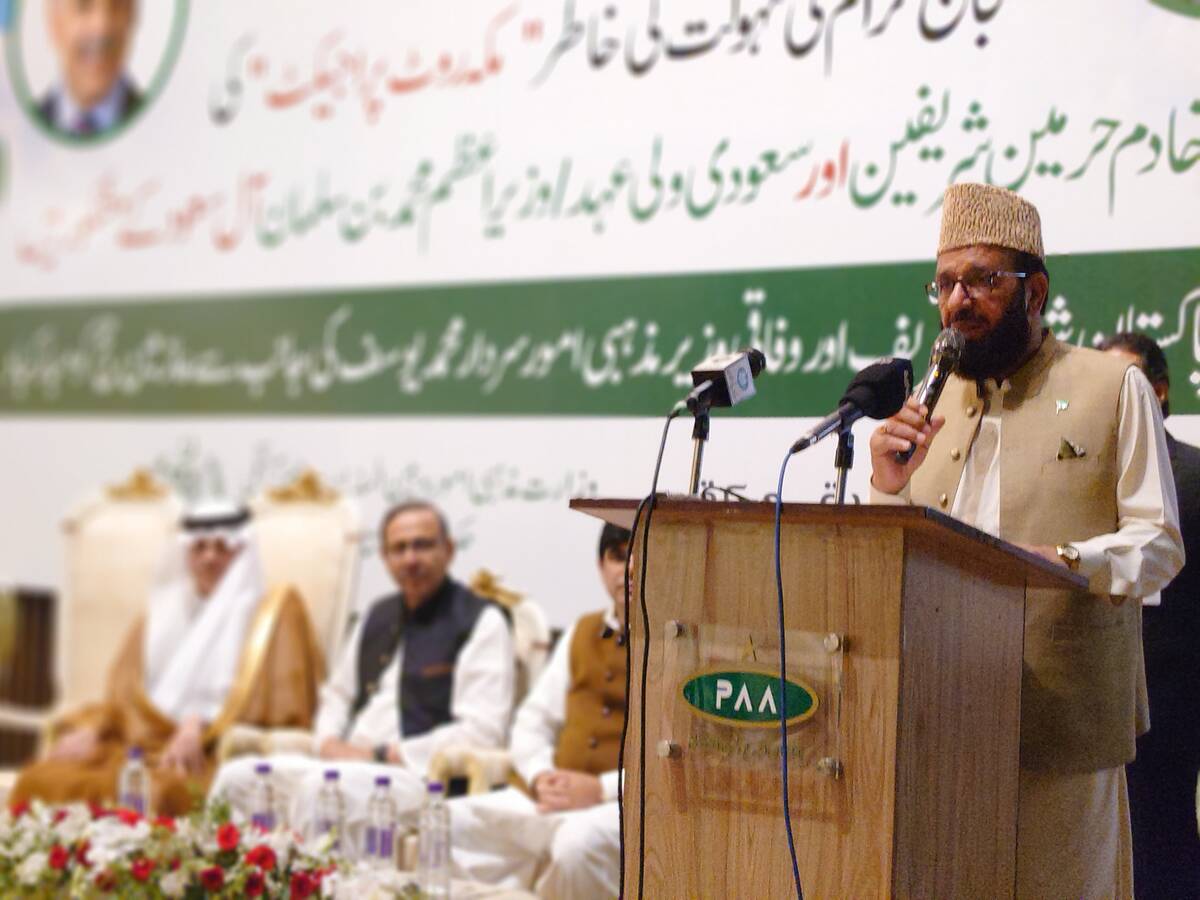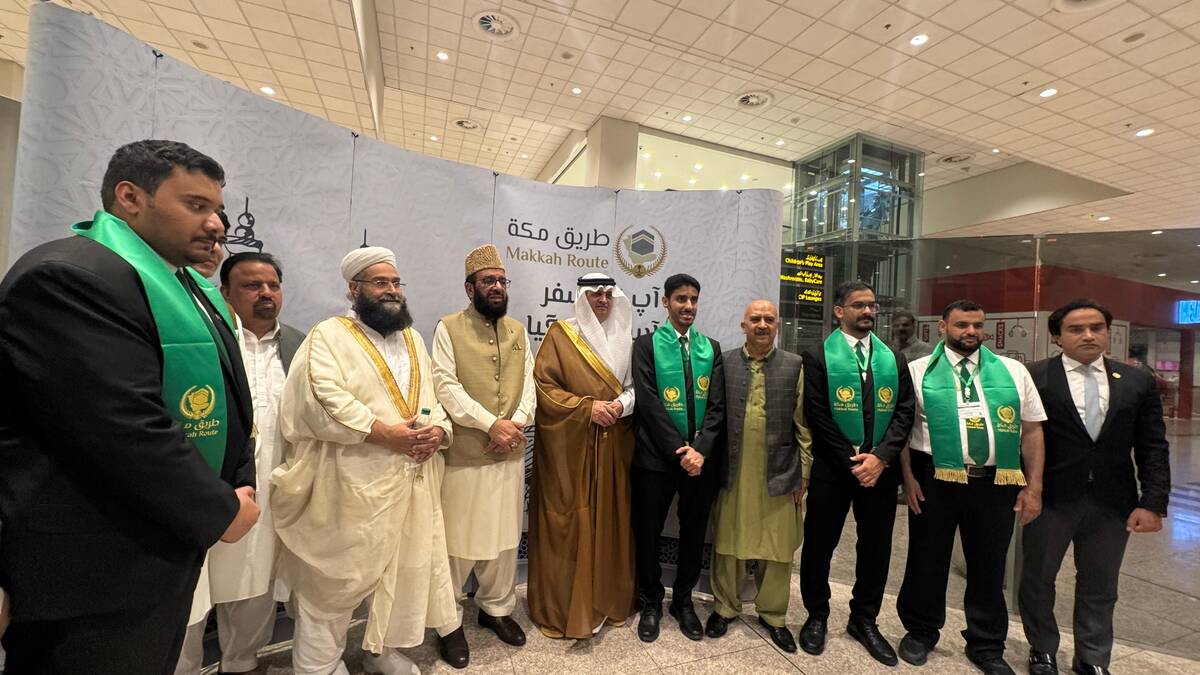KARACHI: It was in 2020 that school and university friends Shershah Hassan and Waleed Amjad Islam began brainstorming a business idea that would help change people’s lives.
Hassan, 26, and Islam, 25, came up with Kalpay, a Shariah-compliant buy-now-pay-later (BNPL) startup that is making waves globally and was featured on this year’s prestigious Forbes “30 under 30 Asia” list.
Launched in June 2021, KalPay is already working with around 500 e-commerce merchants across multiple product and service categories, allowing customers to buy products and pay in three equal monthly installments using cards, e-wallets and bank transfers without any interest or extra charges.
Credit card penetration is less than 1 percent in Pakistan and almost 90 percent of transactions are done by cash. Pakistan has the third largest unbanked adult population globally, with about 100 million adults without a bank account in a population of 220 people, according to the World Bank.
“The idea was generated back in 2020, we thought about a product that could help ease financing problems and offer solutions to basic banking problems,” Hassan, who is the CEO and cofounder of KalPay, told Arab News in an interview on Monday.
“The drive was that I have to do my own business and the goal was that the work should be impact focused to improve the lives of consumers by giving them access to finance,” he said. “That dream is being fulfilled.”
After bootstrapping for around 9 months, Hassan raised investment in June 2021 and then left his job at a US company. In October of that year, he launched the startup along with his friend Islam. The funding came from local and foreign investors, including venture capital firms and angel investors from Saudi Arabia, Europe, Singapore and the United States.
“Currently KalPay is working on three verticals and providing BNPL ecommerce-based solutions through working with 500 companies and giving users access to easy financing,” Hassan, who is an Accounting and Finance graduate from the Lahore University of Management Sciences (LUMS), said.
The KalPay chief said his firm offered financing between Rs2,000 to Rs500,000, that could be paid back in three installments. Two of its new verticals are KalPay Rasayi and KalPay Taleem, offering BNPL services on the purchase of productive assets like smartphones and laptops and fee payments for education and skill development services.
“If we are financing a laptop or a smartphone to a freelancer or Foodpanda rider, the laptop and smartphone are the source of income to them,” Hassan explained. “That is how we are creating impact in society because these products could change the lives and future of people.”
The startup’s growth in terms of value and volume is in double digits on a month-on-month basis, and Hassan said he and his partner were planning further growth and consolidation.
Responding to a question about the rationale behind launching a Shariah-compliant product, Hassan said his research had revealed that a majority of people in Pakistan didn’t want to engage in interest-based financing.
“Obviously our [Pakistani] market is Muslim majority, so while searching from a financing perspective, one thing came into the spotlight that some customers don’t get financing because of religious concerns and I also wanted to have Shariah-compliant products,” Hassan said, adding that the service was not only for Muslims.
Talking about the challenges of the business, especially amid record inflation in Pakistan, Hassan said:
“The cost of capital and cost of financing has substantially gone up [in Pakistan]. Of course, it is a tough market to operate and the risk remains that if you are giving a loan to someone today and after six months he won’t be able to pay back.”
The CEO admitted that some people defaulted but said the ratio remained in the single digit.
Commenting on the cofounders’ inclusion in the Forbes list, Hassan said it came as a surprise.
“It was a sort of surprise for me because they don’t disclose before publication,” he said. “It is an honor for me, my team and of course, for Pakistan.”

























